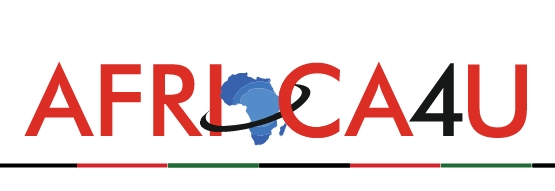(3 Minutes Read)
In 2019, the world produced around 460 million tonnes of plastic, a figure that has doubled since 2000, according to the Organisation for Economic Co-operation and Development. Plastic production is expected to triple by 2060.
A final round of talks on a treaty to curb plastic pollution opened on Monday, with deep differences between nations emerging almost immediately. The meeting started just hours after a chaotic end to the COP29 climate talks in Baku, where delegates agreed to a boost in climate funding that developing countries slammed as insufficient.
Opening the plastics meeting, the Ecuadorian diplomat chairing the talks warned nations that the conference was about “far more than drafting an international treaty”. Plastic pollution is so ubiquitous that it has been found in clouds, the deepest ocean trenches and even human breastmilk. While almost everyone agrees it is a problem, there is less consensus on how to solve it.
Among the most contentious issues are whether the treaty should cap plastic production, a possible ban on chemicals feared as toxic to human health and how to pay for implementation. The deep differences have dogged four previous rounds of talks over the last two years, resulting in a lengthy and contradictory draft treaty running over 70 pages.
In 2019, the world produced around 460 million tonnes of plastic, a figure that has doubled since 2000, according to the Organisation for Economic Co-operation and Development. Plastic production is expected to triple by 2060.
Read Also:
https://trendsnafrica.com/experts-urge-strong-treaty-to-end-plastic-pollution/
Some countries, including the so-called High Ambition Coalition (HAC), which groups many African, Asian and European nations, want the treaty to address the entire “lifecycle” of plastics. That means limiting production, redesigning products for reuse and recycling, and addressing waste.





